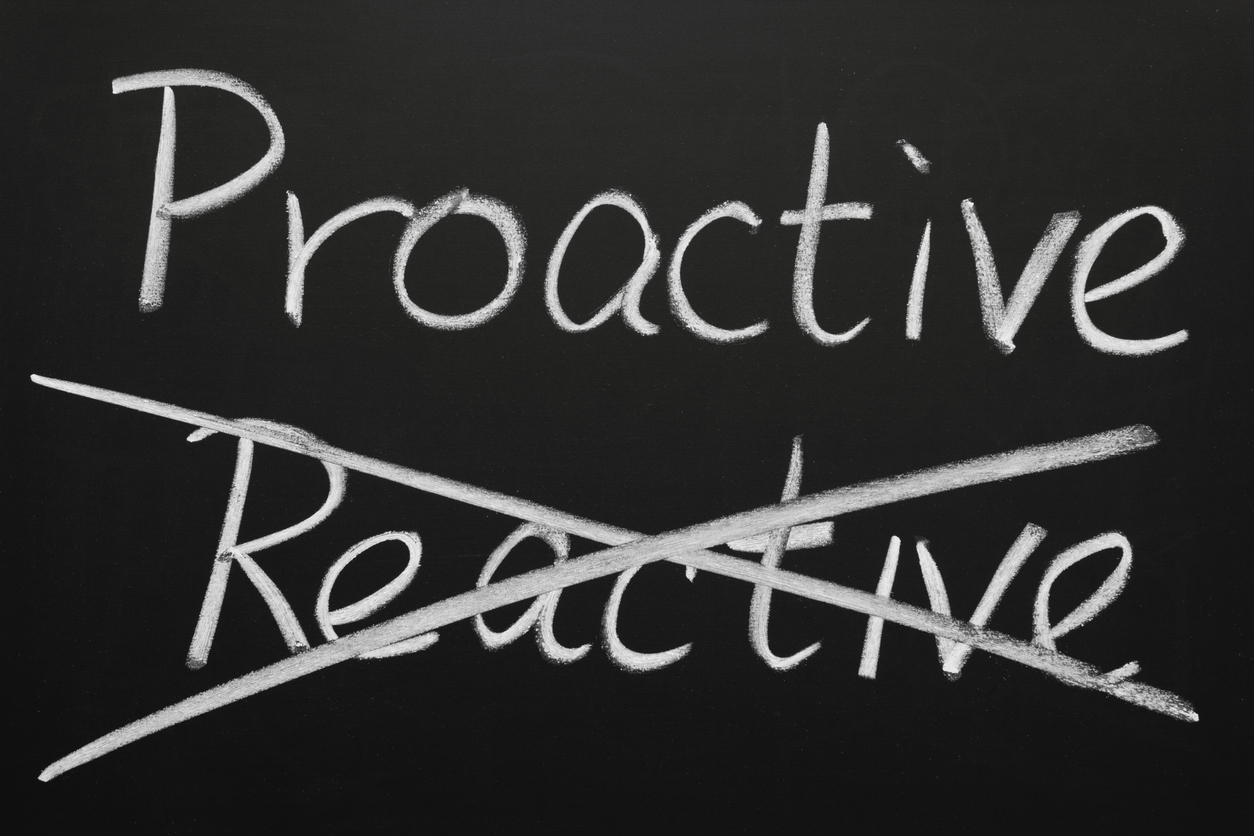Proactive rather than reactive

To reduce the frequency and severity of musculoskeletal injuries, it is essential to put forward a proactive plan for analyzing and managing ergonomic risks.
Your focus must be on assessing the ergonomic risks of tasks and workstations, and subsequently prioritizing actions and then eliminating or controlling ergonomic risks. By eliminating or reducing ergonomic risks at the source, you will have lasting impacts and reduce musculoskeletal injuries.
Very few organizations use this strategy with discipline and rigor. In addition, if you decide to involve your team, it is important to give yourself realistic targets adapted to your operational reality as well as your human, technical and financial resources.
For example, you could plan to evaluate 25% of your workstations per year. After 4 years, 100% of your workstations will have been evaluated. Of course, prioritize assessments of workstations that seem more at risk to you.
By establishing clear, proactive targets and carrying out periodic monitoring, your organization will move in the right direction. If human or technical resources are not available internally, call on a team of qualified ergonomists to carry out a assessment. You can then devote all your energy to implementing a proactive plan that will lead to concrete solutions and results.